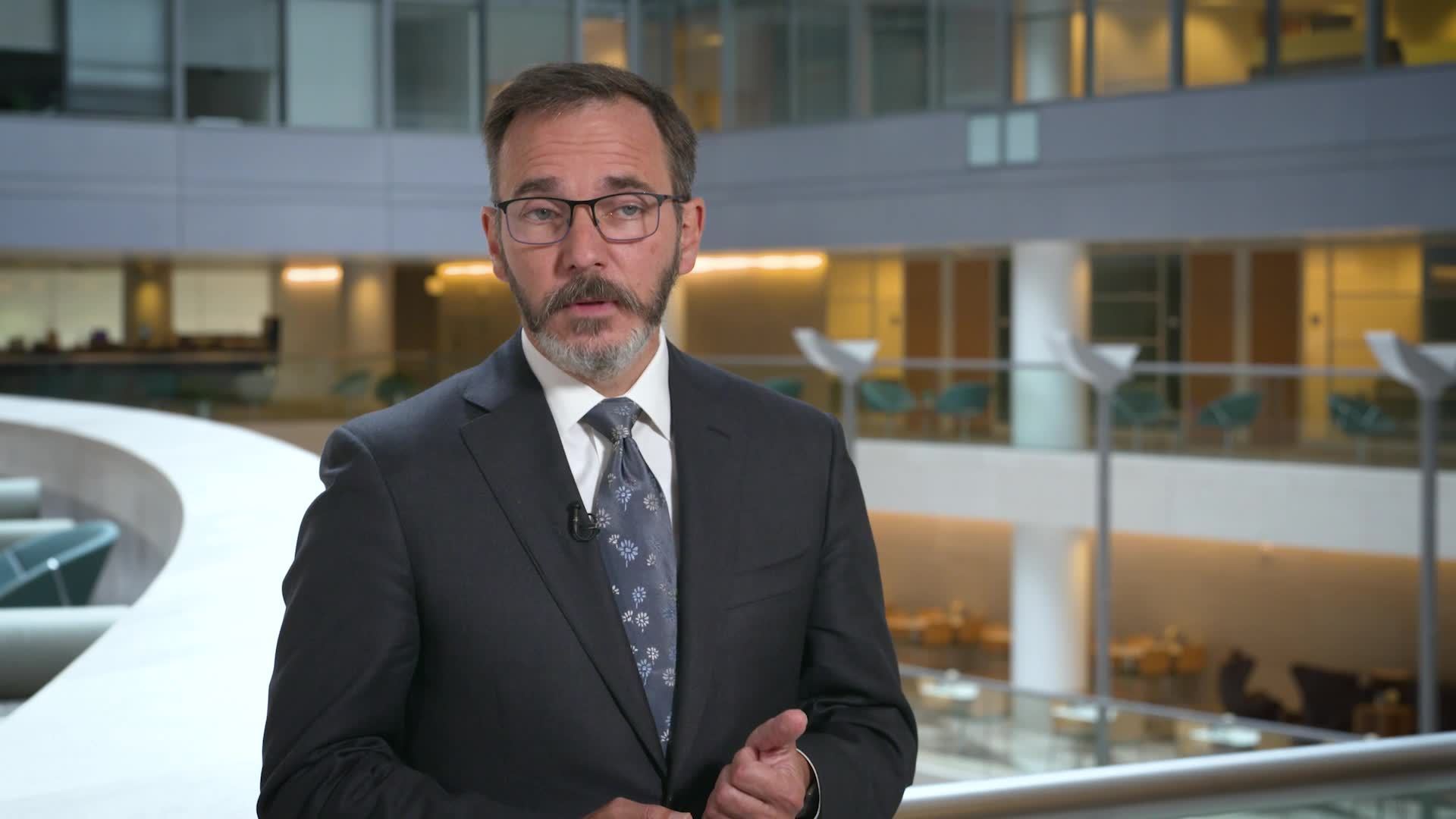The IMF announced on Tuesday (July 26, 2022) a 3.2% revised downward forecast to global growth in 2022 and 2.9% in 2023.
“The global economy is still reeling from the pandemic and Russia’s invasion of Ukraine. We are now facing a gloomy and uncertain outlook. Global output growth has been revised downwards to 3.2% this year and 2.9% next year, while inflation has been revised upwards to 6.6% in advanced economies and 9.5% in emerging and developing economies. The world’s three largest economies - the US, China, and Europe - are stalling. Many of the downside risks we identified in the April World Economic Outlook are now materializing. First, higher-than-expected and broader inflation, especially in the US and major European economies. This is triggering a major tightening of monetary and financial conditions. Second, a worse than anticipated slowdown in China, amid COVID-19 outbreaks and lockdowns. Third, further negative spillovers from the war in Ukraine and the associated sanctions and countersanctions,” said Pierre-Olivier Gourinchas, IMF’s Chief Economist.
The risks to the outlook are overwhelmingly tilted to the downside. The war in Ukraine could lead to a sudden stop of European gas imports from Russia; inflation could be harder to bring down than anticipated either if labor markets are tighter than expected or inflation expectations unanchor; tighter global financial conditions could induce debt distress in emerging market and developing economies; renewed COVID-19 outbreaks and lockdowns as well as a further escalation of the property sector crisis might further suppress Chinese growth; and geopolitical fragmentation could impede global trade and cooperation.
“The risks are still firmly to the downside. Let me mention a few. First, the war and associated sanctions could escalate further with disruptions in energy and food markets. Second, inflation could remain stubbornly high and long-term inflation expectations could start moving upwards prompting further tightening of monetary policies. Third, the tightening of financial conditions could become disorderly, with major implications for emerging markets and developing economies and increases in debt vulnerabilities. We run an alternative scenario where some of these risks materialize, especially a full shutdown of Russian gas flows to Europe by the end of the year. Under that scenario, growth falls to 2% next year. Since 1970, global growth has only been lowered 5 times,” added Gourinchas.
Gourinchas added that with increasing prices continuing to squeeze living standards worldwide, taming inflation should be the first priority for policymakers.
“Taming elevated inflation should be the first priority of policymakers around the world. This requires tightening monetary policy, as many central banks have started to do both in advanced economies and emerging markets. Going forward, central banks will need to stay the course until inflation reverts closer to central bank targets. Countries will also need to prepare for tighter financial conditions by increasing the resilience of their financial system using the relevant macroprudential policy tools. Fiscal policy has an important role to play, helping to protect vulnerable households, but it should not interfere with the overall disinflationary stance of monetary policy. Finally, policymakers must also keep their eyes on health and climate resilience, increasing vaccination rates to guard against future outbreaks, and working on multilateral actions to address climate change and speed up the green transition,” said Gourinchas.
To read the full report, click here.

